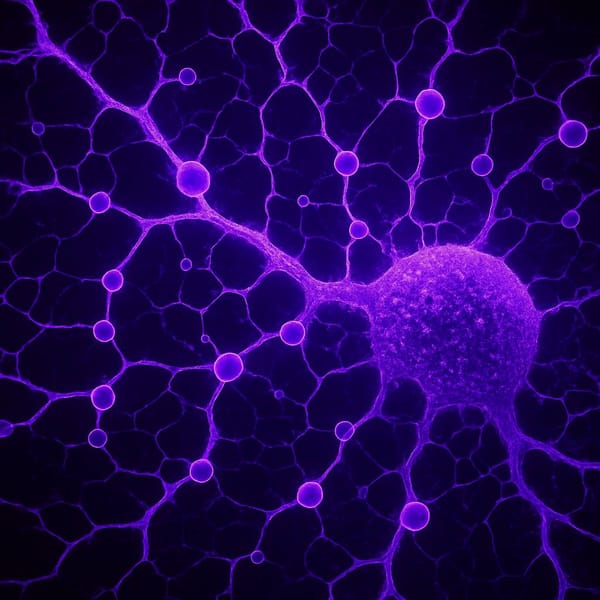Bureaucracy as Necromancy: The Ritual Sacrifice of Agency in the Modern State

I. Prologue: Why Bureaucracy Feels Like a Haunted System
Bureaucracy is not merely administration. It is ritual. It is theater. It is the slow, procedural burial of human agency under the guise of public order. In this article, I will trace the roots of bureaucracy not as a neutral tool of governance, but as a necromantic technology: one that animates corpses of legitimacy, manufactures illusions of responsibility, and sacrifices living bodies to sustain a spectral machinery of power. This is not metaphor. This is memory.
II. The Origins: Bureaucracy as a Colonial and Sacred Order
The first birth of bureaucracy came not with democracy, but with empire. Babylon, Rome, the Vatican, the Prussian state: all employed scribes, priests, and tax collectors not only to organize rule but to ritualize subordination. The documentation of bodies—birth, death, marriage, land—was less about clarity than about claim. The state did not observe you. It marked you.
Colonial regimes extended this logic: passports, birth certificates, blood quantum charts. Bureaucracy became the apparatus through which entire populations were rendered legible, dividable, and—when necessary—expendable. It was the pen as scalpel. And this is where the first traces of necromancy appear: the use of paper to kill, revive, or erase lives.
III. The Shift: From Performance to Morality
Contemporary research, like the 2024 study by Hendriks et al., reveals that modern politicians no longer frame bureaucracies primarily in terms of laziness or inefficiency, but in terms of morality. Bureaucrats are accused of being immoral, untrustworthy, or ideological. The critique has shifted from: "They don’t work hard enough" to "They are evil, biased, corrupted."
This is critical. Because when morality replaces performance as the metric of judgment, bureaucracy becomes a stage for moral spectacle. Civil servants are praised or punished not for what they do, but for what they symbolize. They are no longer actors; they are avatars. This allows political leaders to ritually cleanse themselves through cycles of praise and punishment, without ever altering the underlying system.
IV. The Principal's Hazard: Politicians as Necromancers
Marian Döhler's work flips the traditional Principal-Agent model of public administration. Traditionally, bureaucrats (agents) are blamed for "drifting" from political will. But Döhler shows that it's often the politicians (principals) who engineer failure. They suppress evidence, avoid oversight, and let agencies take the fall for scandals they orchestrated.
In necromantic terms, the politician is the sorcerer behind the curtain. The agency is the animated corpse. When the spell (policy) backfires, it is the corpse that is burned, not the one who cast it.
V. Bureaucratic Rituals: The Anatomy of Sacrifice
Let us be clear: the bureaucratic body is designed for ritual blame transference. As discovered in the Dutch Twitter dataset analysis (2017–2022), bureaucracies are rarely praised. When they are attacked, it is almost always on moral grounds:
- Untrustworthy: accused of hiding truth or being part of conspiracies
- Partial: accused of political bias
- Selfish: accused of protecting themselves, not the public
- Misguided: accused of prioritizing the wrong things
These are not managerial critiques. These are ritual accusations.
Meanwhile, the more general the referent (“the government”), the harsher the attack. But the more specific the target (an individual nurse, soldier, or teacher), the more likely the tone is reverent. This shows a key structural truth: the system is blamed, the sacrificial individual is praised, but both are bound by the same spell.
VI. The Technocratic Séance: Expertise Without Agency
Regulatory bodies, like the German drug and rail safety agencies studied by Döhler, often face public blame for failures they were never resourced to prevent. The public is told that these agencies are failing. But often they are intentionally de-toothed by political actors, then left to face the fire.
This is how necromancy works in modern governance:
- Create a hollow institution
- Infuse it with symbols of legitimacy (laws, mandates, titles)
- Deny it the material means to fulfill its purpose
- Watch it burn
- Walk away clean
The result is a zombified apparatus. It moves, it speaks, but it does not act. It cannot act. And still, we blame it.
VII. Bureaucracy as State Memory: Amnesia by Design
Bureaucracy is often described as the memory of the state. But memory is not neutral. It can be curated, erased, falsified. The bureaucratic archive is not a repository of truth. It is a ritual ledger, selectively preserving that which sustains the state’s image.
This is the deeper necromancy: the manipulation of public time and memory through paper, process, and delay. Delays in asylum decisions. Lost medical files. Redacted documents. These are not bugs. These are features of a system designed to outlast responsibility.
VIII. Vision: Toward a Living System of Truth
If bureaucracy is a death ritual, what is the antidote? Not chaos. Not deregulation. But re-embodiment. A system where the ones who hold power are required to stand inside the consequences of their decisions. A system where memory is not archived but felt. Where morality is not weaponized but woven into daily practice.
To move beyond necromantic bureaucracy, we must:
- Track who benefits from the illusion of agency
- Refuse to speak in ghostly abstractions ("the system failed")
- Witness the rituals of paperwork, documentation, and process for what they are: sorcery of delay, not protection
- Create local, living, felt forms of governance that answer to reality, not to ritual
IX. Conclusion: The Spell is Breaking
The myth of the neutral administrator is collapsing. As climate crises deepen, as institutions falter, the bureaucratic spell is losing power. But what comes next must not be more performance, more morality theater, more technocratic spectacle.
It must be the return of embodied responsibility.
It must be the end of bureaucracy as necromancy.
And the beginning of governance as truth in motion.




